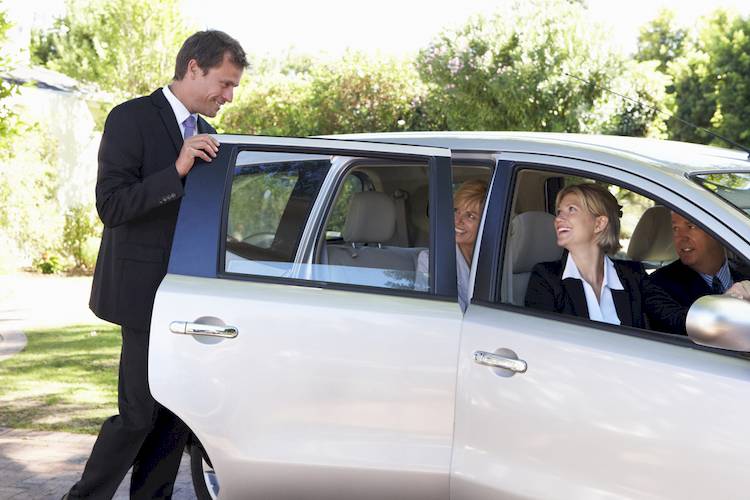

Car pool lanes have been around for a few decades, and have rapidly gained popularity in recent years. These now cover more than 3,000 miles in many of the country’s states, and help a huge number of drivers every single day, especially those who are carpooling with coworkers on their way to work. In car pool (or HOV, for High Occupancy Vehicle) lanes, only cars with multiple occupants are allowed to drive. The standard car pool lane minimum is two occupants (including the driver), but certain counties and freeways raise the minimum number of occupants to three or four. Motorcycles are also allowed to drive in car pool lanes (regardless of how many occupants they have), and many states extend this exemption to alternative fuel vehicles, such as plug-in electric cars and gas-electric hybrids.
There are fewer vehicles with carpoolers on the road than there are vehicles with a single occupant, which means the car pool lane is almost always able to maintain a high freeway speed, even when the general access freeway lanes are stuck in bumper to bumper traffic. The speed and efficiency of the car pool lane rewards drivers who have passengers in their vehicle (even if they’re not going to work), and encourages other people to ride share. The result of this is fewer cars on the road, which means less traffic for all, reduced carbon emissions, and less damage to the freeway (and as a result, fewer road repair dollars coming out of the taxpayers’ wallets). In short, car pool lanes save drivers time and money, and also benefit surrounding drivers, the roads, and the environment.
For states that have them, the car pool lanes have some of the most important rules and laws, since a car pool lane violation usually comes with a very hefty ticket. The car pool lane rules are different in each state, so be sure to familiarize yourself with the local rules before driving in the car pool lane, especially when you’re traveling.
Are there car pool lanes in New Mexico?
Even though car pool lanes are gaining popularity, and a staple in many states, there are currently none in New Mexico, even on the state’s largest freeways. New Mexico does not have a metropolis on the scale of many other states (Albuquerque has about 550,000 residents), so traffic flow is not as dire as it is elsewhere during standard commuting times. Car pool lanes exist primarily in areas where many commuters are, and New Mexico has deemed that commuters do not cause enough stop and go traffic to warrant car pool lanes in the state.
Another reason why New Mexico does not currently have car pool lanes is because the state’s major freeways were built before car pool lanes became popular, and thus cannot accommodate car pool lanes. To add car pool lanes to these freeways, general access lanes would need to be converted (which would make traffic far worse for people who are not carpooling), or new lanes would have to be added (which would cost a large sum of money).
Will there be car pool lanes in New Mexico anytime soon?
There are currently no plans to add car pool lanes to any of New Mexico’s freeways. However, New Mexico state officials (as well as concerned citizens) are constantly discussing ways to improve the efficiency of the state’s freeways, and the implementation of car pool lanes has been proposed before. The state has been receptive to the concept, but has not shown any urgency in making sure that car pool lanes are added.
While there are some critics of car pool lanes in New Mexico, it seems clear that the lanes would greatly help traffic in the state. Even though New Mexico is a relatively rural state, there is still a lot of rush hour traffic for commuters, especially in the freeways that lead into and out of Albuquerque. Hopefully the state soon decides to add car pool lanes so that drivers can start benefitting from all of the lane’s perks.
In the meantime, New Mexico drivers should familiarize themselves with the state’s standard driving laws, so that they can be the best and safest drivers possible, with or without car pool lanes.



